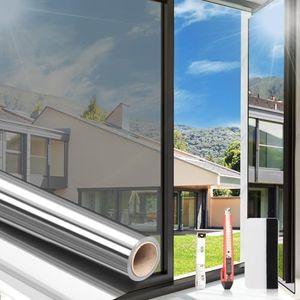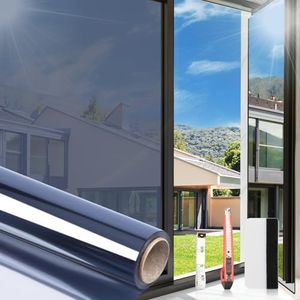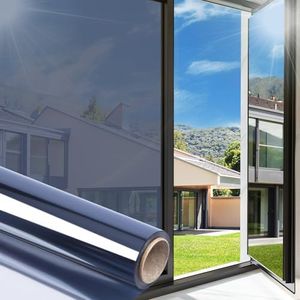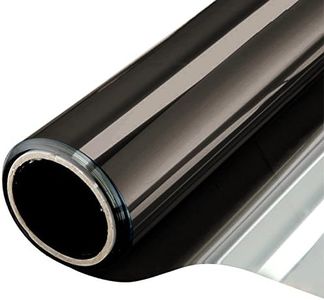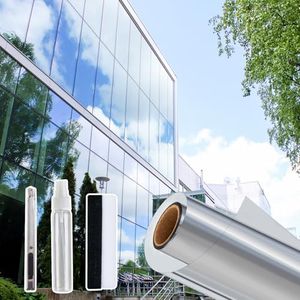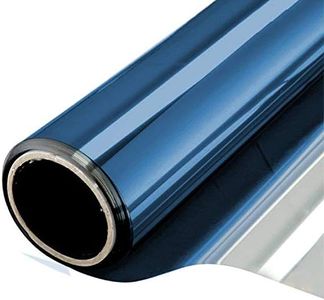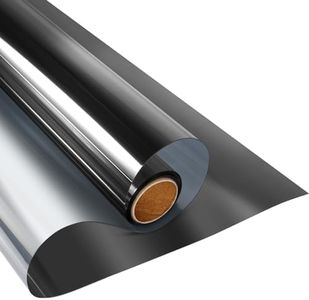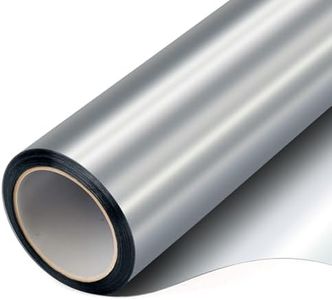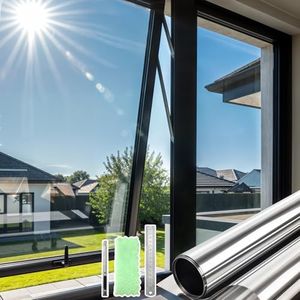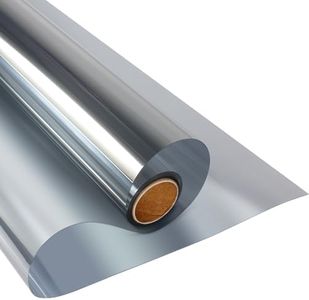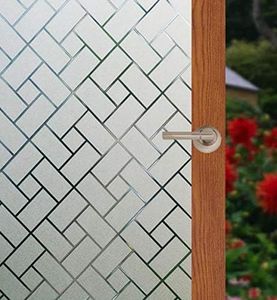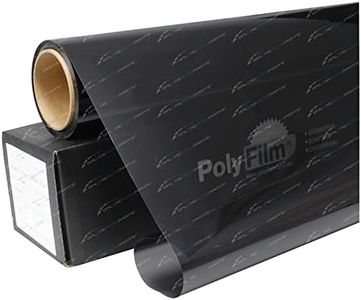We Use CookiesWe use cookies to enhance the security, performance,
functionality and for analytical and promotional activities. By continuing to browse this site you
are agreeing to our privacy policy
10 Best Window Tint For Home Heat Control
From leading brands and best sellers available on the web.By clicking on a link to a third party's website, log data is shared with that third party.
Buying Guide for the Best Window Tint For Home Heat Control
When shopping for window tint for home heat control, it's important to understand how different types of films work to reduce the amount of heat entering your home, making it more comfortable and energy efficient. The right window tint can lessen your reliance on air conditioning, protect interior furnishings from sun damage, and even reduce glare. Choosing the best product hinges on understanding your climate, the direction your windows face, and your aesthetic preferences. A careful look at key specifications will help you find a tint that best suits your needs for heat control and overall comfort.Visible Light Transmission (VLT)Visible Light Transmission refers to the percentage of visible light that passes through the window film into your home. This matters because it determines how bright or dim your room will feel after installation. Lower VLT values mean the film is darker and lets in less light, which can be good for rooms with excessive sunlight, while higher VLT values allow more light, suitable for spaces where you want to maintain brightness. When choosing the right VLT, think about the room's function—living rooms may benefit from higher transmission to keep them bright, while bedrooms or media rooms might be better with lower transmission for comfort and privacy.
Solar Heat Gain Coefficient (SHGC)Solar Heat Gain Coefficient measures how much solar energy passes through the window tint as heat. A lower SHGC value means more heat is blocked, helping to keep your home cooler during hot weather. SHGC generally ranges from about 0.2 (blocks most heat) to 0.8 (blocks less heat). If heat reduction is your top concern, look for tints with a lower SHGC, especially for windows that get a lot of direct sunlight. For homes in very hot climates, a film with a low SHGC is a good choice, while in milder regions, a medium range can balance heat control with light transmission.
Ultraviolet (UV) RejectionUV Rejection indicates the percentage of ultraviolet rays blocked by the window tint. Blocking UV rays is important because they can cause your furniture, flooring, and curtains to fade and may also pose health risks with long-term exposure. Most quality films offer 99% UV protection or higher. It's best to pick a window tint with high UV rejection regardless of other needs, as this spec safeguards your interior and helps maintain a healthier indoor environment.
ReflectivityReflectivity describes how much sunlight is reflected away by the window film, which not only affects heat control but also the appearance of your windows. High-reflectivity films offer excellent heat rejection but can make windows look like mirrors from the outside, which might not suit every homeowner’s taste or be allowed in some neighborhoods. Low-reflectivity films look more natural but may be less effective in extreme sunlight. To decide, consider your preference for window appearance and whether you have any neighborhood guidelines to follow—choose higher reflectivity for maximum heat reduction or lower reflectivity for a more subtle look.
Tint Color and ClarityTint color and clarity refer to the visual appearance the film gives to your windows, ranging from clear to gray, bronze, or blue hues. Color can impact both heat control and how much the film changes the look of your home. Some colors offer better heat rejection, while others might improve privacy or just appeal more to your style. When picking, consider both the direction of your windows (south- and west-facing might benefit from darker tints) and your desire to either preserve the look of your windows or add privacy and style.
Application Type (DIY vs. Professional)Application type refers to whether the tint is designed for easy do-it-yourself installation or if it’s best applied by a professional. DIY films are generally peel-and-stick, making them easy and affordable to install but may be less durable or precisely cut. Professional tints often have enhanced performance and longevity but will require a specialist to apply, which affects the overall convenience and installation process. Evaluate your comfort with home improvement projects and the size or number of windows you need to cover when choosing the right application type for you.
